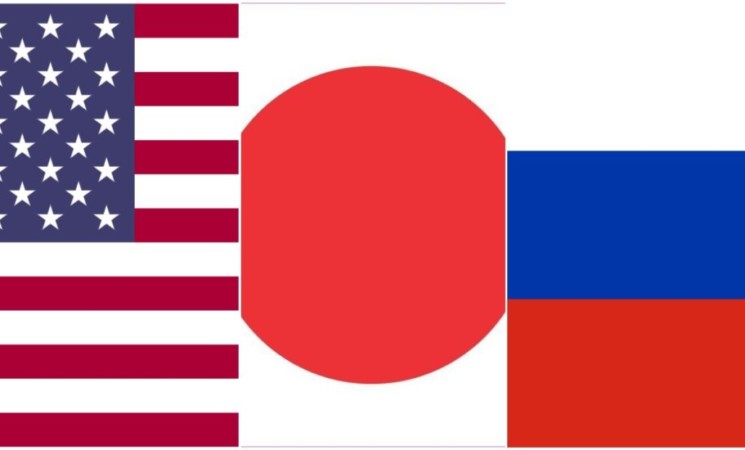The fourth meeting of the U.S.-Japan-Russia Trilateral came at a particularly apt time in the relationship between the three participating nations. With the U.S. Administration facing strained relations with Russia, continuing trade tensions with China, and unsettled relations on the Korean Peninsula, 2019 is an important time to discuss where our interested parties stand, and where they might be able to cooperate to alleviate tensions. The U.S.-Japan alliance remains a stalwart component of the security and trade architecture of Northeast Asia, and it has informed more than half a century of American and Japanese action in the region.
In December 2018, political leaders in Russia and Japan met to sign a memorandum establishing a new Japan-Russia Parliamentary Friendship Association to enhance their cooperation across a range of issues. Key areas they hope to address include the development of enhanced economic cooperation, facilitation of a new visa regime between the two countries and the furtherance of sister city relationships. Of particular note is this group’s focus on the resolution of the Kuril Island/Northern Territories dispute that has served to thwart effective bilateral cooperation since the end of the Second World War. Externally, though U.S.-Russia bilateral relations remain tense, some hope that effective cooperation on a bilateral level between Russia and Japan will open doors for broader regional cooperation.
The continuation of China’s Belt and Road Initiative (BRI) presents just one area of concern for the Trilateral participants that can be shaped as either a regional challenge or opportunity. The BRI engages with regions that have been the historical domain of the United States, Japan, and Russia (among many others). There is a need to develop a clear understanding of China’s practices and intentions associated with this initiative alongside separate development and security strategies characterized as “Indo-Pacific” in nature. A notable parallel to China involves ongoing quadrilateral cooperation between the United States, Australia, India, and Japan.
The Trilateral Conference also came on the heels of the Hanoi Summit meeting between North Korean Chairman Kim Jong-un and U.S. President Donald Trump. This Summit meeting provided important context for the Trilateral Conference, as Chairman Kim and President Trump cut short their time in Hanoi and departed without reaching an agreement or furthering progress made at the Singapore Summit in 2018.

